You may not speak the same language, but that doesn't mean you can't understand exactly what your horse is thinking. You know what he wants when he nickers before dinner or rubs his head against your hand, but not all his thoughts are so clearly communicated. A horse's movements, posture, and gestures all mean something. So if you want to understand, you'll have to take notice of your horse's body language.
It's a subtle language used to express emotions like fear, frustration, happiness, and excitement. Becoming fluent in equine body language will make you a more skilled rider, a better horse owner, and it will also strengthen the bond between you and your horse. Here's how you can use body language to better understand your horse.
Ears
Forward-facing ears mean the horse is focused on something and paying attention to what's going on around him. He's alert, and it's important to determine exactly what he's interested in. Is the stimulant something he's excited about, or is his alertness more of a warning sign?
There are different stages of alertness, and it's easy for a horse to slip away from focused and into anxious. If his ears start to flick and swivel, he's entering a heightened state of anxiety. This horse body language queue indicates he might be worried about a strange sound or uncomfortable with what's going on around him.
If the ears are pinned back, the horse is angry. It's his way of telling you that his next move might be to bite or kick.
Eyes
Next, move down from the ears to your horse's eyes to help determine their anxiety level. As prey animals, a horse's most common response to an uncomfortable situation is fear. If the whites of the eyes are showing, something is wrong. Bulging eyes are a sign of panic, and those feelings may lead to him bolting or lashing out.
If the eyes are bright and focused, your horse is engaged in whatever is going on around him. He's thinking about what you're doing, what that other horse is doing, or focused on getting that bale of hay within reach of his mouth.
And when the eyes are hooded and partially closed, your horse is relaxed, comfortable, and feeling safe.
Head Carriage
An alert horse will hold his neck and head in an upright position, and this can also be a horse body language sign that they are frightened. The best way to tell the difference is to look at the neck muscles. If they're tense or quivering, the horse is more frightened than focused.
When your horse lowers his head in your direction, he's showing you he's content and accepting of your presence. He's relaxed and comfortable with whatever you're doing.
Legs
A horse's hind legs are extremely powerful and capable of causing serious injury when they're in the mood to kick. And If you notice your horse shifting his weight to cock one of his back legs, it's time to move out of reach. So try to discern what's bothering him, and give him something else to think about.
All new equestrians are taught to look out for the hind legs, but the forelegs will also tell you a good deal about what's going on in your horse's mind. Pawing at the ground can mean the horse is bored or impatient, and forceful pawing combined with pinned ears is an aggressive warning.
Horse Courses by Elaine Heney
- Listening to the Horse - The Documentary by Elaine Heney & Grey Pony Films
- Shoulder In & Out Training for better balance, bend & topline development with your horse
- Over 110+ Polework Exercises & Challenges to Download
- Dancing at Liberty & Creating Connection with Your Horse (11 lessons) - Grey Pony Films
The key to understanding horse body language is keen observation. So learn what's normal for your horse and pay attention to subtle changes in their behavior. Look at your horse's body as a whole, rather than in parts, and combine everything you've learned to start a "conversation." With enough practice, you'll be reading your horse's mind with ease.

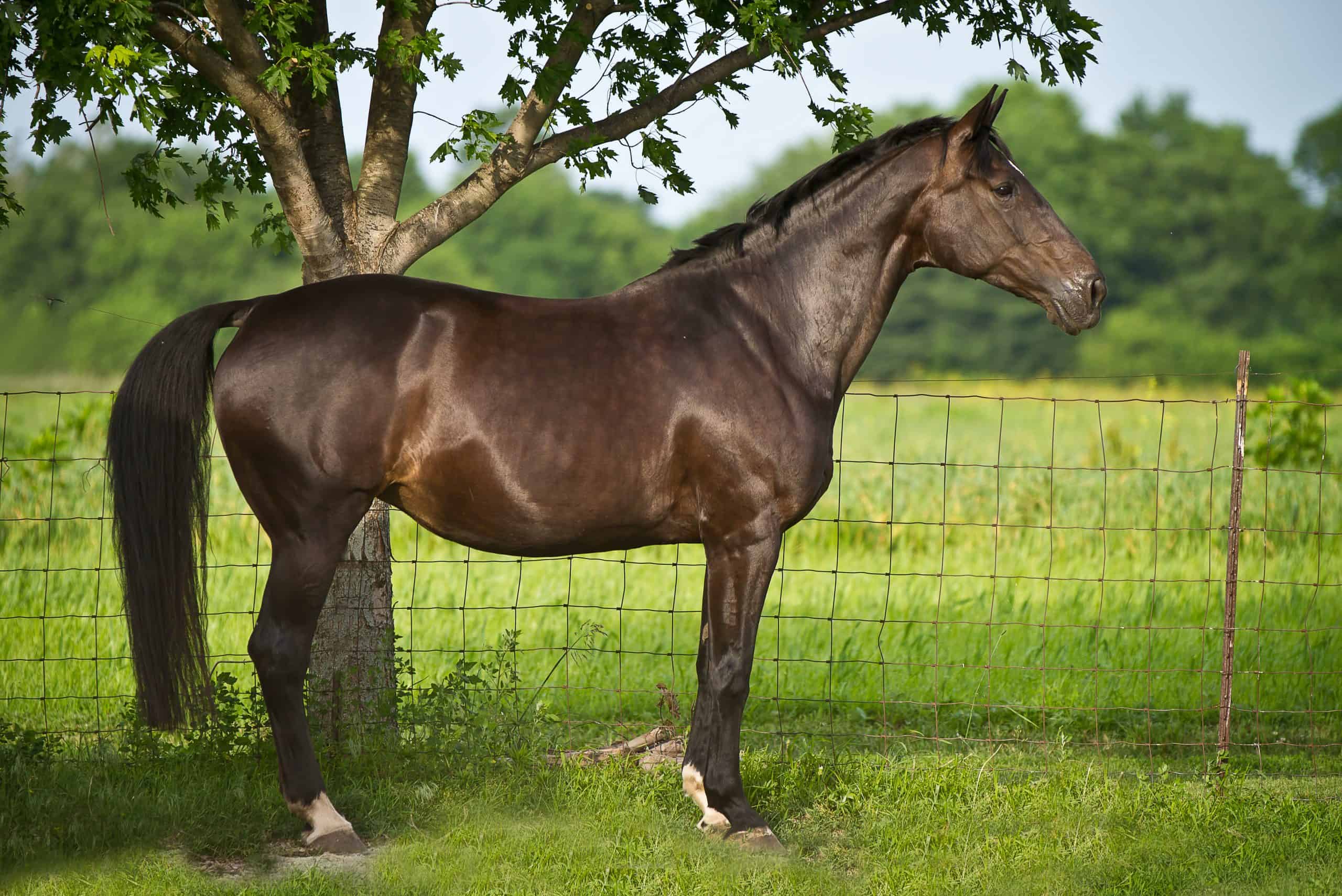
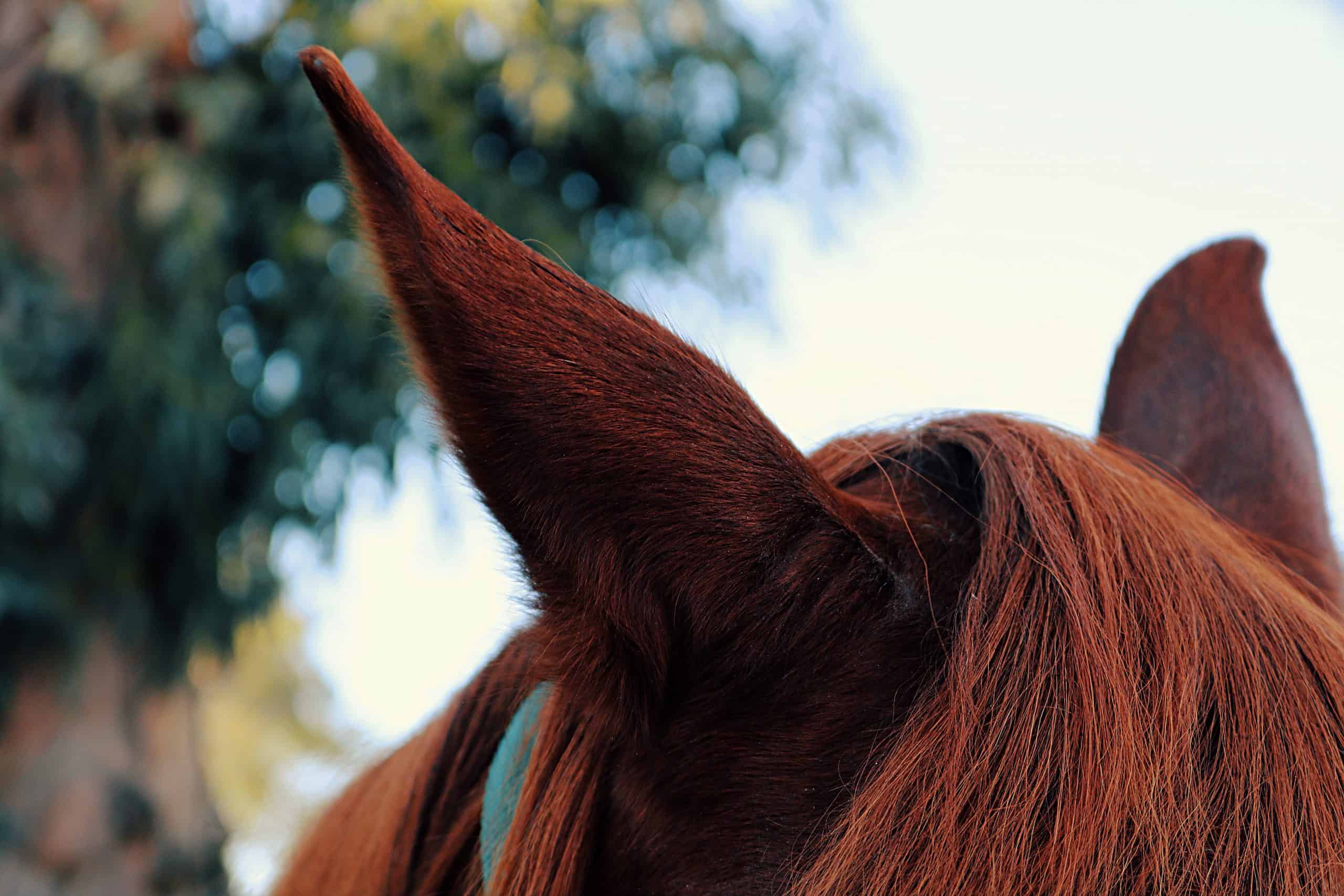
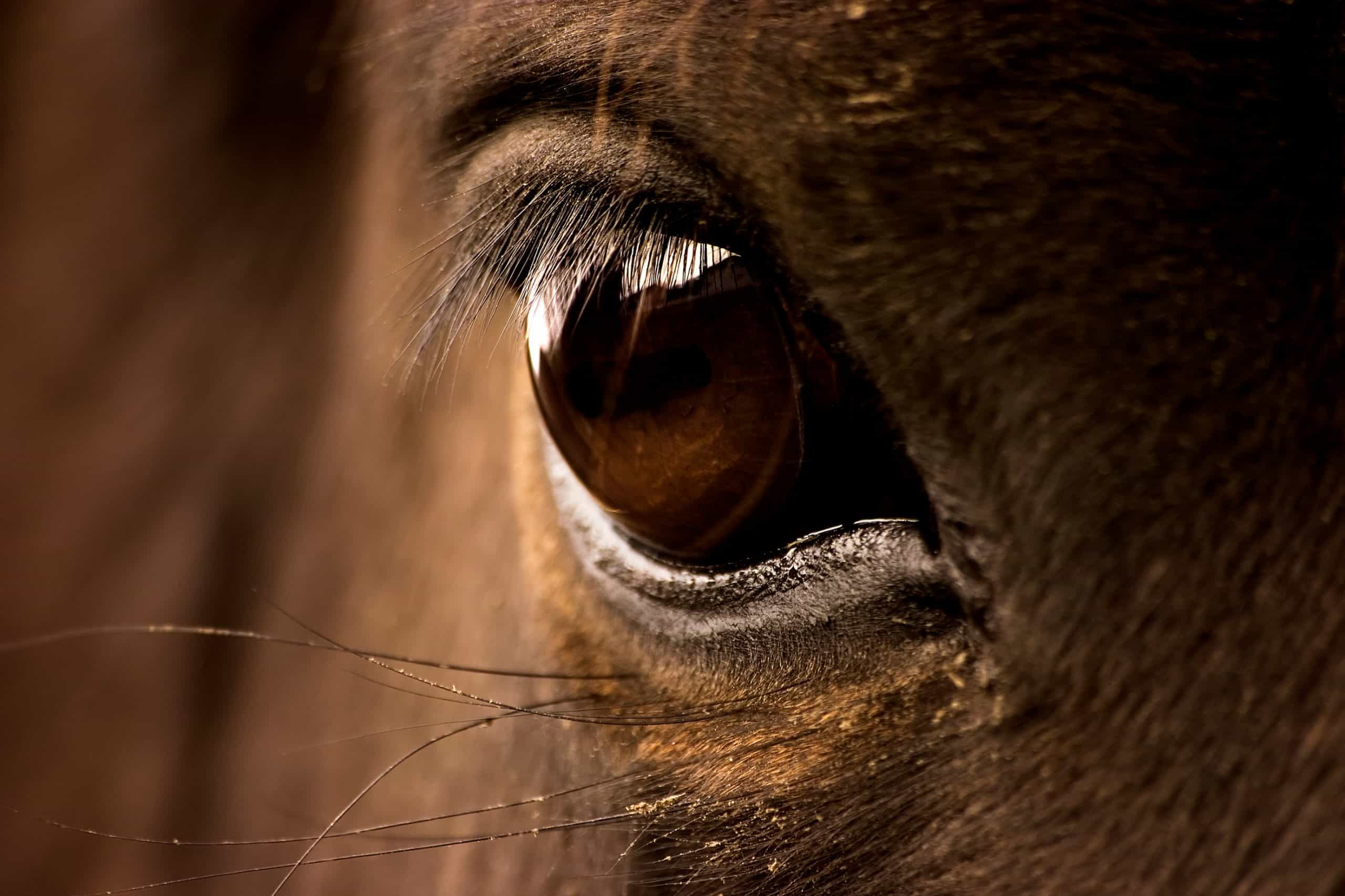
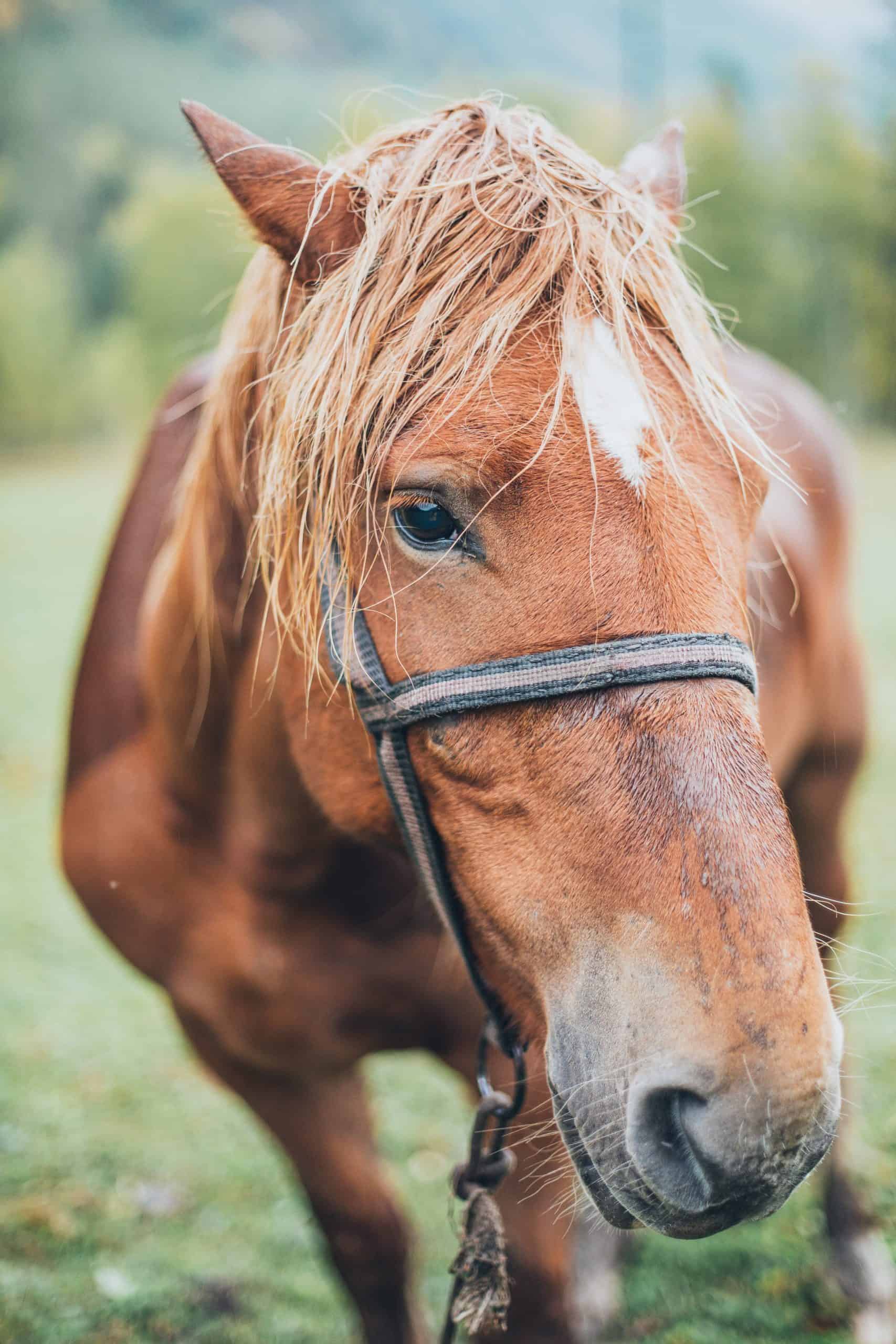
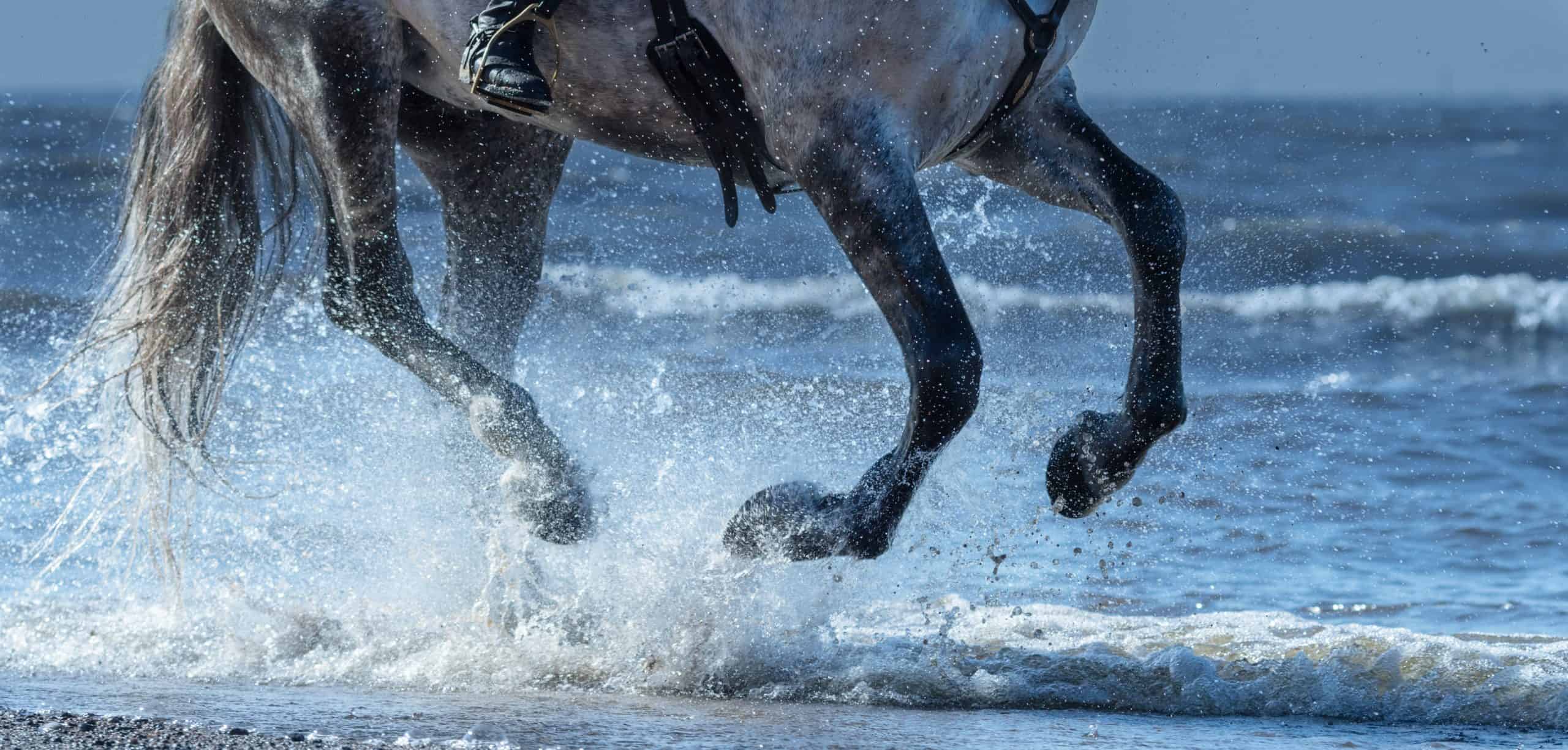


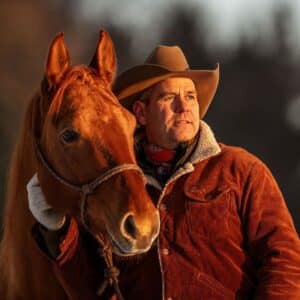
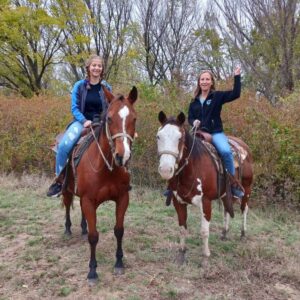

Mary
Why does my thoroughbred gelding pin his ears back and stretch his neck out while going after ot chasing my senior mare? Then he whips around to kick her in the pasture. In the stall he will pin his ears back and do a little buck and kick at the stall wall dividing them. What is his deal and how to correct this.
Kathy Gallant
could i have the authors name of A guide to understanding horse body language please